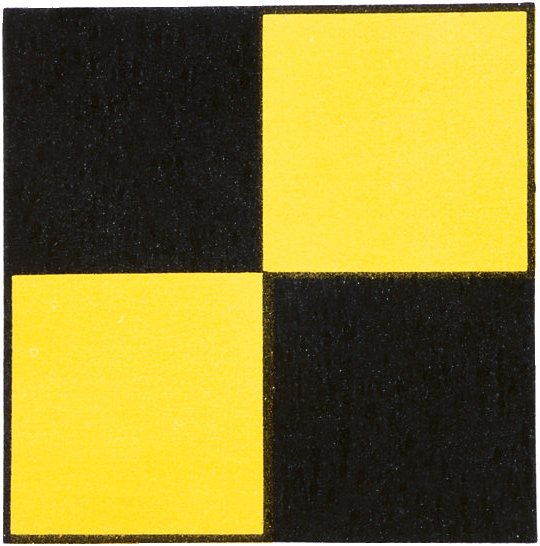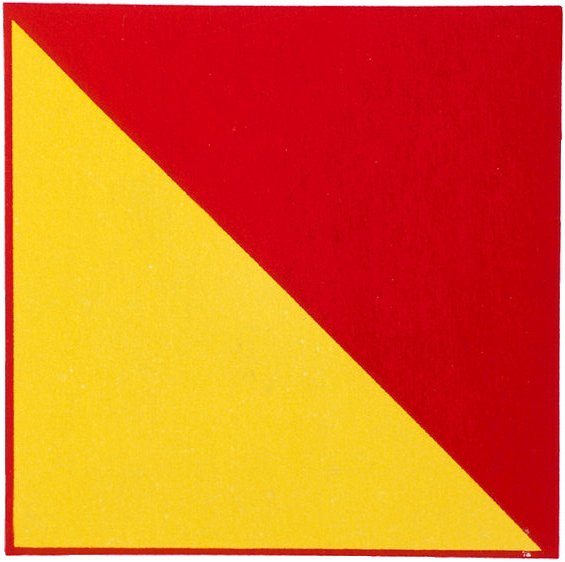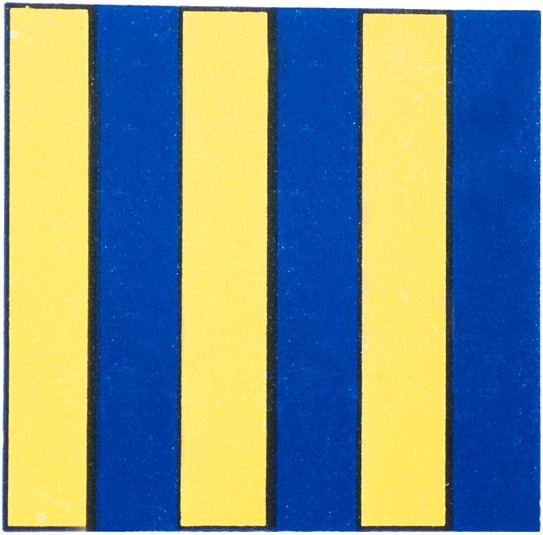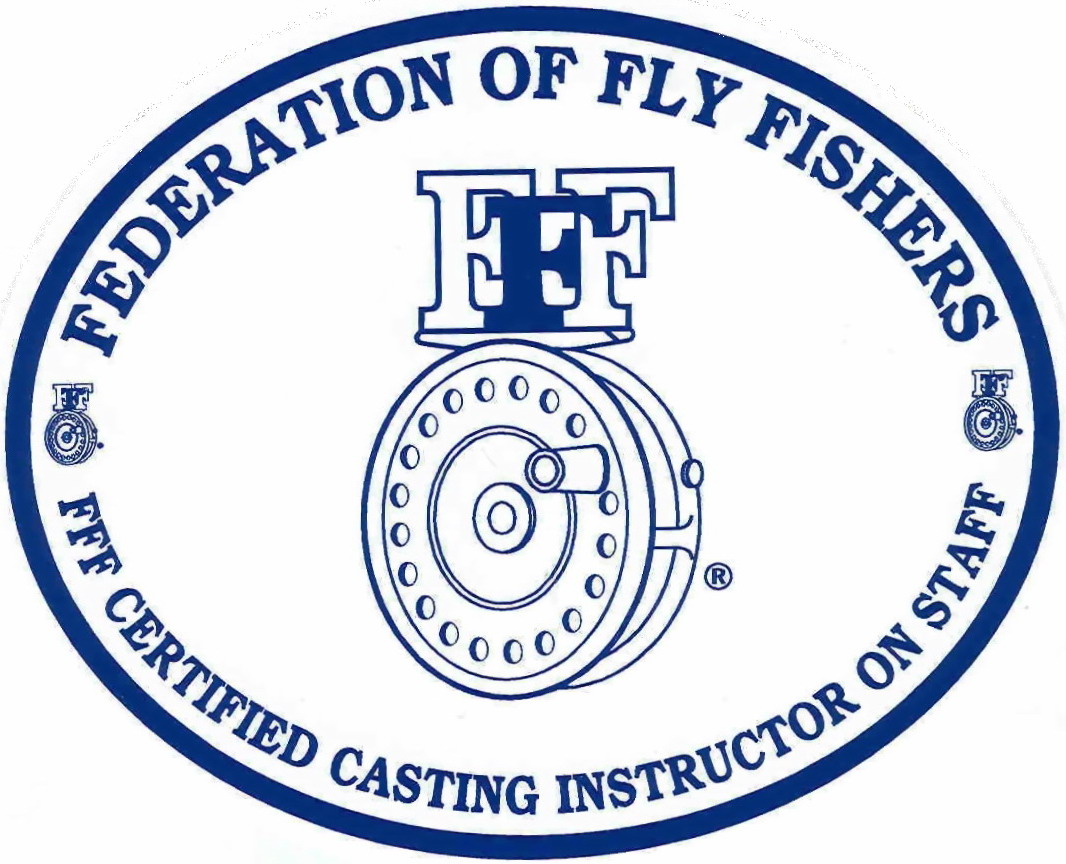A Primer on Rigging for Fly Fishing- Spools, Backing, Fly Lines & Leaders
by Captain Jim Barr on 02/18/13
From the beginner and advanced beginner fly anglers I get a fair number of questions pertaining to what fly lines, leaders and knots to use in joining backing to the reel spool, fly line to the backing and leader and tippet to the fly line and tippet to the fly. The following discussion covers this information in addition to the most commonly used knots to connect these systems.
REEL/SPOOLS
Fly Reel: The reel's primary job is to hold the line and most have a variable braking or "drag" system that slows the fish pulling line. A small handle (aka "knuckle buster" when it's rotating from a large game fish stripping line) is actually part of the spool and is used to wind the line. There are a number of other features to the reel that I won't go into here but the key is that all reels have a latching mechanism that allows the angler to separate the spool from the reel frame. This is important because it allows the angler to use multiple spools containing different types of fly lines for varying conditions. For saltwater fishing applications do not buy a fly reel that does not have the feature to interchange multiple spools.
Spools: Many beginner fly anglers don't at first realize that to effectively fish in saltwater you really need to have a variety of fly lines to suit the fishing conditions. By having several spools each wound with a different type of fly line the angler can quickly change spools to suit the water level being fished (top water, slightly below the surface, and at a variety of depths.)
LINES
Backing: A thin diameter and inexpensive "nylon-type" braided line. Backing is tied to the spool on one end and to the fly line at the other end. It's purpose is to provide a connection between the reel spool and the fly line when a hooked fish pulls line as it attempts to escape. For freshwater applications anglers typically use
20 lb. Dacron with as little as 50 yards wound on the spool. For saltwater fishing we use 30 lb test in either Dacron or Gel-Spun line. Gel- Spun line is more expensive than Dacron and is a smaller diameter, allowing the angler to wind more backing onto the spool (typically 50% or slightly more than a compatible test of Dacron line). For northeast saltwater fishing, 150 yards of backing is generally enough but most anglers fill their spools with 200 yards of backing.
Fly Lines: I think it's fair to say that in freshwater trout fishing, probably 80% of the time the angler is fishing in shallow water, typically a stream and they are casting to surface (or near surface) feeding trout, or in water shallow enough that a floating line and leader system can reach fish feeding just below the water's surface, to the bottom of the stream bed. Anglers can get by with one line, a weight forward Floating line. The designation on the fly line box is a combination of numbers and letters. For trout fishing a good all-round fly line would be: WF5F (Weight Forward taper for a 5 weight fly rod, and the line Floats).
However, in northeast saltwater environs using only one fly line will severely restrict an anglers ability to catch fish. At a minimum, you are going to need two fly lines that will cover roughly 80% of the waters you will fish.
Running Line: Is the thinner part of the fly line starting at the point of attachment to the backing, and running forward and stopping at the beginning of the "head", or weighted section of the fly line. Running lines are a uniform diameter, and sometimes a different color than the head portion of the line.
For the beginner what fly lines should they purchase for northeast saltwater fishing?
As a general rule for the beginner and advanced beginner I recommend two types of lines for fly rod weights 8 to10:
1. Intermediate Sinking Tip- (with a sink rate of 1.5" second) I prefer a clear head with a light colored running line. Intermediate lines are effective in targeting fish from just below the water's surface to generally not much deeper than three feet. The Intermediate line can also be used to fish surface fly patterns. The trick is to start your retrieve as soon as the fly makes contact with the water before the weight of the slow sinking head pulls the fly down.
2. Fast Sinking Tip- (with a sink rate of 4.5"- 7" per second). Fast sinking tip lines typically have dark colored heads as they are less noticeable to the fish. Generally the running line is a lighter color. Fast sinking lines are used to get the fly deep into the fishes feeding zones. Depending upon the sink rate, anglers can effectively fish from 4 to 20 deep using the fast sinking tip line. Fast sinking tip lines are also a good choice when casting into a strong wind. Their weight punches through the wind much more easily than the Intermediate and Floating lines (discussed below).
These are "sinking tip" lines vs "uniform sinking" lines. Sinking Tip Lines have the weighted portion of the line in the first 30 feet or so from the fly end of the fly line, this is referred to as the "head" of the fly line. The Intermediate Sinking Tip line has a floating running line behind the tip or weighted section. The Fast Sinking Tip running line is generally an intermediate sinking line (again about 1.5" a second). These relatively new sinking tip lines are what they call "integrated" lines. That means the heavier head section transitions smoothly to the lighter and thinner running line. There is no joint or loop connection and therefore no hindging effect when casting.
Full Sinking lines (aka Uniform Sink lines) sink throughout their length and are more difficult to pick up and cast, as the entire line is weighted. It helps if you are a strong caster with good technical skills to effectively cast uniform sink lines. Your false casting must be strong and your rod starts and stops, crisp in order to keep the heavy line aerialized while maintaining good loop control. Personally I use both the sinking tip and uniform sinking lines for varying conditions.
Floating line: The third basic fly line most anglers have in their inventory is a floater. This would be the last line I would buy if I am on a limited budget. I will caveat that by saying if you primarily fish in very shallow water (i.e. flats), then the floating line may very well be your primary line. It is the lightest weight class line in the fly anglers inventory and consequently the easiest to cast. It's use however is generally limited to surface fishing applications, however if you are using all but the lightest of fly patterns you can use a floating line to fish just below the surface. I typically use the floating line when fishing cinder worm fly patterns, shrimp and crab patterns in very shallow water, poppers and sparsely tied sand eel patterns. In the northeast where our ocean waters are cold you want to look for a line that is manufactured specifically for colder waters. A tropical floating line is not a good choice for cold waters.
RIGGING/ KNOTS
For the knots discussion that follows, I have included a link that goes to the Orvis website. The landing page will provide animated drawings of how to tie most of the knots mentioned below, plus several others. http://howtoflyfish.orvis.com/fly-fishing-knots/
Backing- The backing is tied to the spool using an Arbor Knot and the line carefully wound on the spool evenly with moderate tension.
Joining Fly line to Backing-
- For rods 7 wt. and lighter (trout/panfish etc.) I tie the backing to the fly line using a Nail Knot and I then cover the knot with super glue and then an application of Pliobond (most hardware stores carry it). Pliobond is a flexible rubber-type of adhesive that when carefully applied to a knot will create a smooth covering over the knot to eliminate the line from hanging-up in the rod guides (and catching grass or other debris during the retrieve).
- For rods 8wt. and heavier (largemouth bass, northern pike and saltwater fish), I tie a large loop (10") in the backing using a Double Surgeons Knot. I then trim the tag end of the line, drop on bit of super glue and apply the Pliobond to smooth the knot. As for the fly line, some come with a welded loop manufactured into the butt end of the fly line. Others have no loop and I have to tie in my own. If I tie my own loop in the fly line I fold the end over itself creating a loop of about 2/3rd's an inch in length. I then whip-finish the tag end to the standing line with heavy thread (rod wrapping thread, monofilament), then apply super glue to the wraps and then Pliobond to smooth the knot and eliminate high spots. The backing and fly line are then joined Loop-to-Loop.
Joining Fly line to Leader-
The end of the fly line (where it joins to the leader) may or may not have a preformed welded loop, most do not, particularly the heavier fly lines. If the manufacturer has not formed the loop you have to create your own. Alternatively you can tie the fly line to the leader using a double set of Nail Knots. I prefer to tie in a loop (as I did in the end of the fly line that is joined to the backing. By creating a loop (vs using a double nail knot) I have created a much more secure union of leader to fly line. Again I use a loop to loop connection to join fly line to leader. The other advantage is that the loop to loop connection makes changing the leader system a snap. As a general rule I do not use braided line connections that are sometimes packaged with a fly line (mostly the lighter lines). These braided sections slip over the fly line and the leader and create the "chinese finger" type of connection. In my experience they are not reliable and oftentimes come slightly apart and after repeated casting, create a hindge that does not allow a smooth transition of energy from the fly line to the leader, sometimes causing the leader to collapse during the cast.
Leaders-
I generally tie my own leaders and tippet systems rather than purchasing tapered leaders. The Tippet is the last and lightest section of the leader system. Generally it's no longer than 3 feet and is the section of the leader system that shrinks in length as the angler cuts off and reties his fly patterns. As the tippet section gets shorter, the angler simply ties in a new "working" section of leader material without shortening the next section of the hand tied leader. Tying your own leaders is much cheaper than buying them, plus as your leader and tippet system is shortened during the process of tying, cutting off, retying and (god forbid) breaking off fish, being able to fashion a new leader or partially rehabilitating a shortened leader, is fast and economical.
As a rule I use a 9-10 ft. leader system (leader and tippet combined).
The butt (heaviest) section is usually 40 lb. monofilament- 3.5 ft long. Next I tie in a 2 ft section of 25 or 30 lb. mono (we're now at 5.5 ft) and then 2 ft. of 20 lb. mono, followed by 2 feet of 12-15 lb. mono for a tippet. I will alter that formula depending upon the fishing conditions (wind, waves, water clarity etc) and how nervous the fish might be. If I am fishing in open water with big fish I will use 20 lb. fluorocarbon as my tippet. If fish are picky as they can be during the cinder worm hatch, I will lengthen the leader system to a total of up to 12 feet and taper the leader down to a 12 lb tippet. If I am trying to keep the pattern in the upper water column I will use monofilament. If the fish are deeper and I am using my fast sinking tip fly line I cut the leader back to a total of 4-5 feet to fish this deeper water. By having a short leader as the fly line sinks it takes the leader with it so you don't have a deep fly line with a long leader system pointing at an upward angle towards the surface of the water. Using the shorter and heavier leader is also best when retrieving your fly through structure (rocks, ledge, heavy grass or kelp) Whe I fish deep my leader is typically a straight (non-tapered) section of fluorocarbon material. Fluorocarbon is dense and sinks more readily than monofilament, and it resists abrasion much better than monofilament. Fluorocarbon also refracts light similar to water and therefore is more "stealthy".
Knots used in constructing the tapered leader
-For the 3.5 ft. butt section section of 40lb. or 30lb. mono, I first tie a Perfection Loop Knot at one end (the end that joins to the backing loop when you're ready to join the leader system to the fly line). When I join that heavy leader section to the next length of lighter leader material (30 or 25 lb.) I join the sections with a Blood Knot (it's a smoother knot than the double or triple surgeons knot and it provides a straight connection). All other leader material and tippet material connections for the balance of the leader are joined using the Double Surgeons Knot (two overhand knots with the tag ends clipped).
- When I join wire tippet to monofilament leader material I will use an Albright Knot. I also use the Albright when I use the Orvis Retwistable bite guards. Wire tippets must be used when fishing for toothy fish such as Bluefish and Mackerel.
- When spin fishing and using braided line I join the braided line to a section of monofilament leader (to which I tie in a swivel to prevent line twist), I will join the braid and the monofilament with an Albright Knot. Braided line is very slippery and I find that a Double or Triple Surgeons Knot will slip and eventually part from the monofilament leader when under tension from fighting a strong fish.
Leaders for Blues and the smaller Tuna (False Albacore and Bonito):
-When fishing for Blues I will use nothing longer than 9 ft total leader system (sometimes as little as 6 feet) and instead of using any nylon (mono or fluorocarbon) tippet material I will tie in 30-60 lb nylon coated knotable wire- in lengths of 6-12" depending on the size of the blues, or I will use the Orvis retwistable bite guards. For the retwistable bite guards, each package of fly fishing leaders contains six guards in a rigid plastic tube to keep them straight. 4"- 38 lb.; 4"- 58 lb.; 8"-38 lb. 8"- 58 lb. If I am fishing with poppers or non-aerodynamic (clunky) fly patterns I will shorted the leader to about 6 feet total. http://stories.orvis.com/stories/7532/product/1578/stories.htm
-When fishing for False Albacore and Bonito I will use a 12 ft leader/tippet system- tapered to 12 lb fluorocarbon. These fish have extremely good eyesight and fluorocarbon's high light refractive qualities will help disguise the leader.
Saltwater- Stripers, Blues, False Albacore, Bonito. Two lines, the Intermediate Sinking Tip and the Fast Sinking Tip. The floating line is not at all critical save for the Worm Hatch and other very shallow water applications (fishing with shrimp and crab patterns). For Redfish, Snook, Bonefish, Permit- floating lines only. Rod weights- 8-10
Cold Freshwater- Trout- Floating lines only when fishing in streams and most still waters. If you want to fish deep as in lakes for trout using Wooley Buggers, streamers and heavy nymphs a Fast Sinking Tip line. When nymphing in streams your go-to line is the Floating line, and you adjust your, leader and tippet length and weight according to the water depth and current speed. You don't need a "nymphing line"- it's a marketing gimmick in my opinion. Rod weights: 1-6
Warm Freshwater- Largemouth bass, Pickerel, Northern Pike, Sunfish, Crappie, etc- Floating lines for poppers and other top water fly patterns. If you want to fish deep, I would use the Sinking Tip line. Essentially the same setup you would use for Saltwater (discussed earlier). Rod weights- 7-10. If you are targeting only the smaller sunfish varieties including crappie, you would use lighter weight rods and lines- essentially the trout rig.





